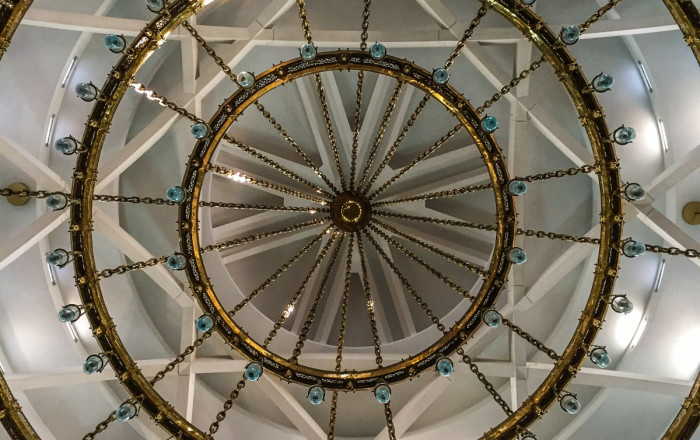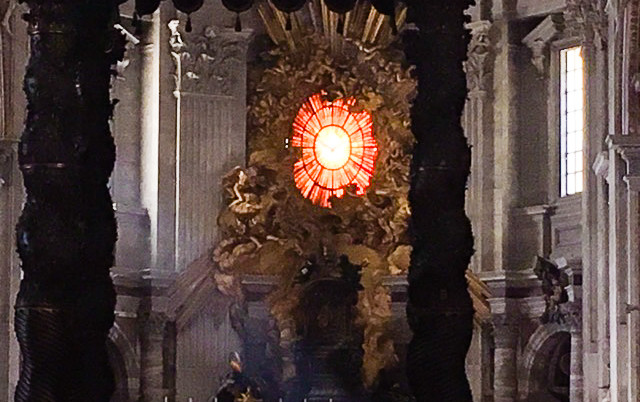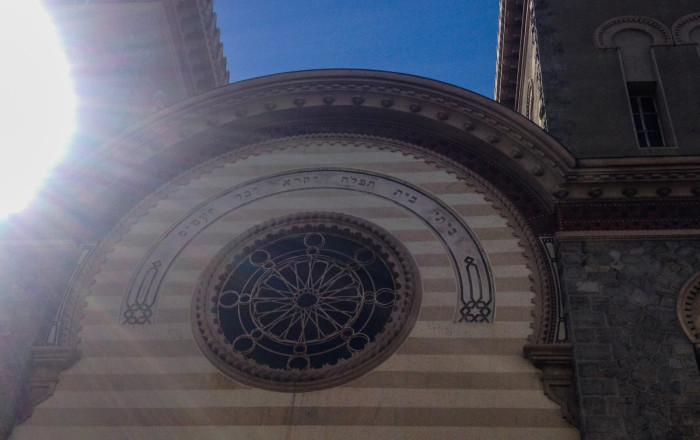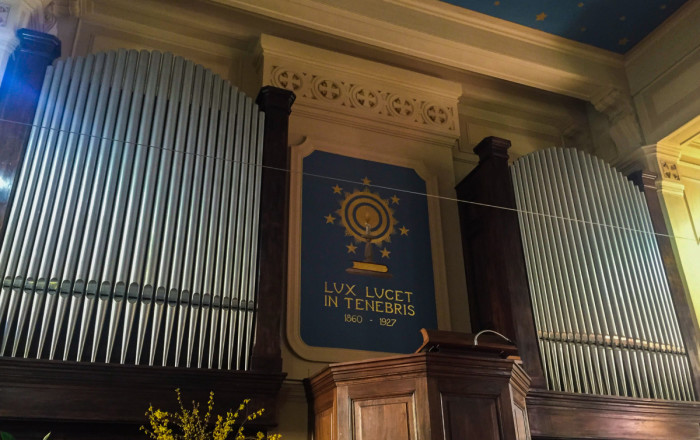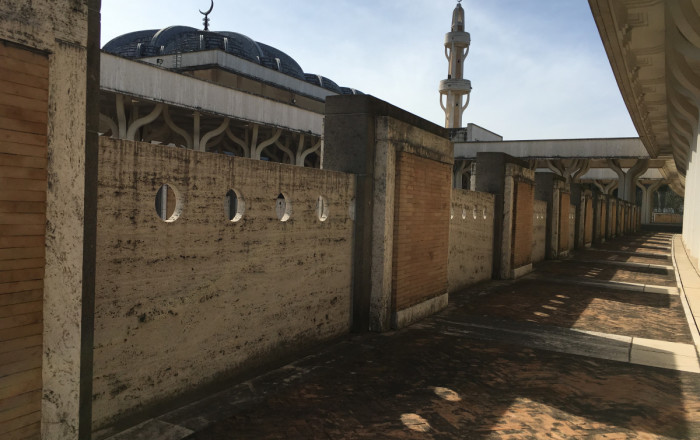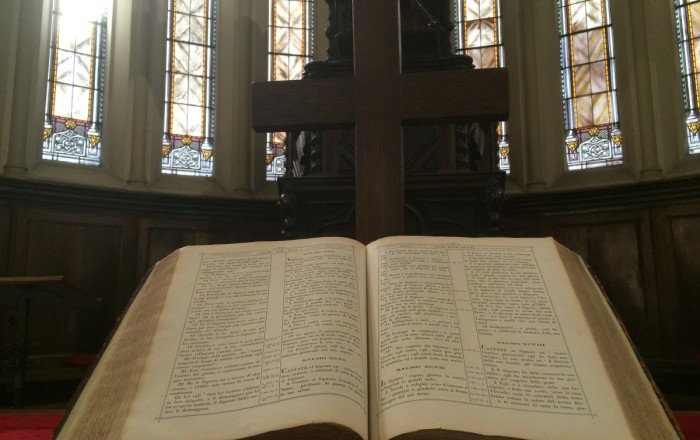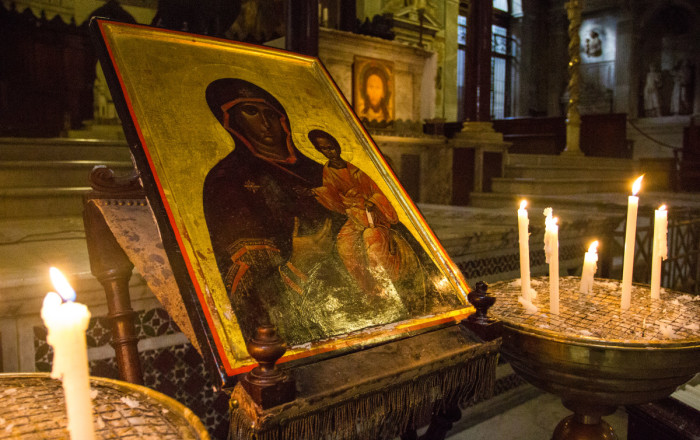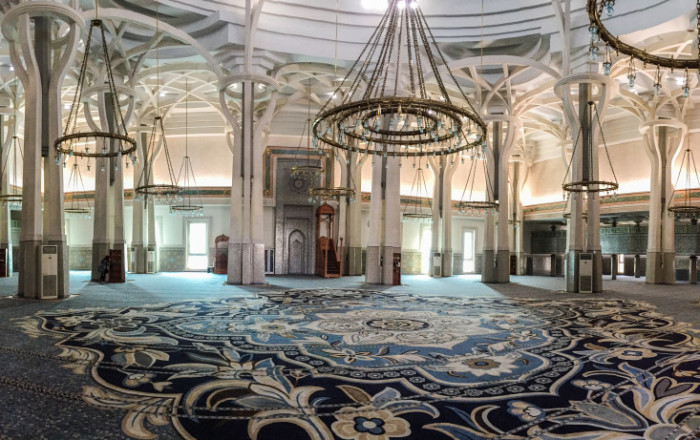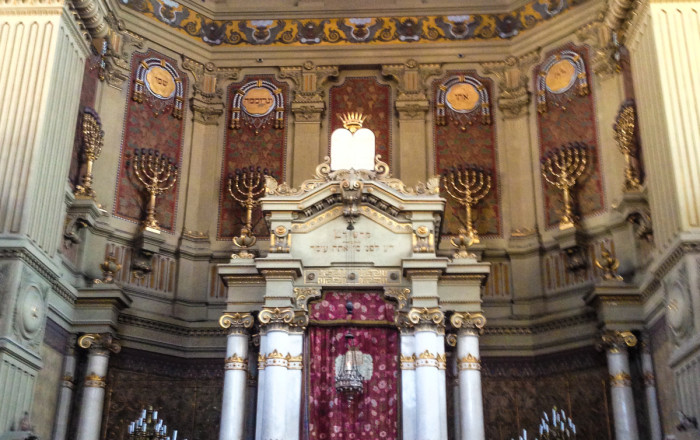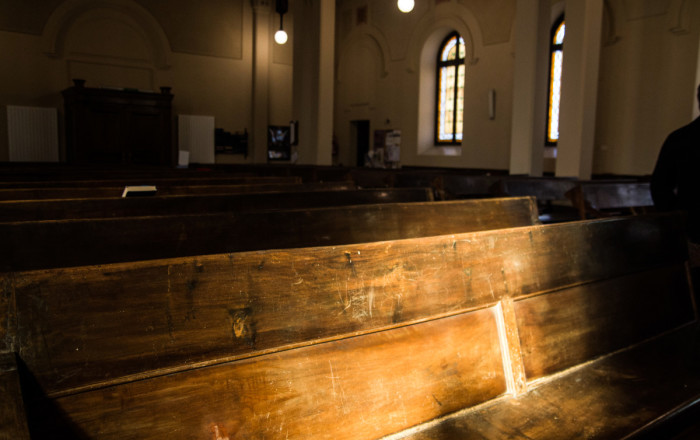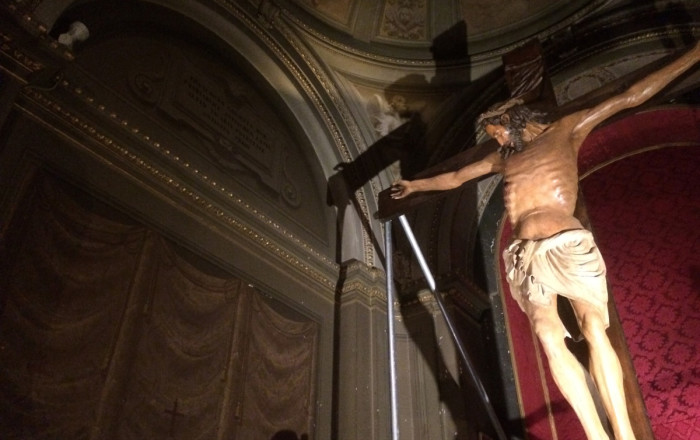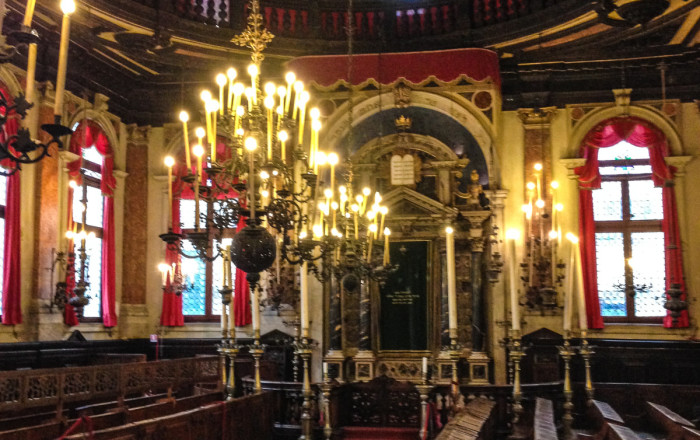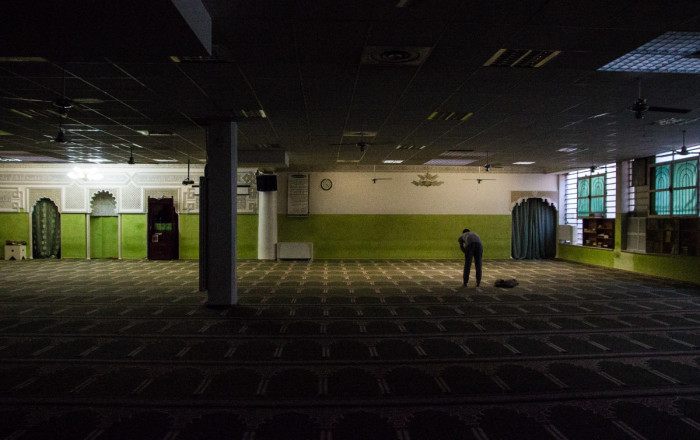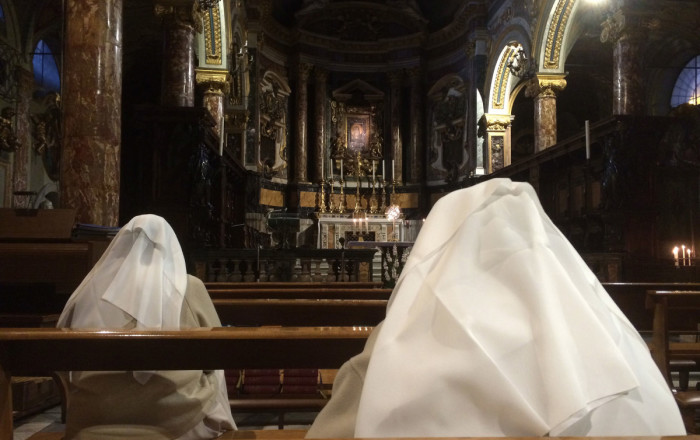In Genesis, the first book of the Bible, the world begins with God’s injunction: “Let there be light.” Light is both a metaphor and an embodiment of the divine in almost every faith.
John Milton wrote in Paradise Lost, “What is dark within me, illumine,” even as he was losing his eyesight and his external world was growing dark. Another phrase, from the Talmud, is repeated at Shabbat: “One man’s candle is light for many.” The Muslim scholar and theologian al-Ghazali echoes this when he writes: “Your heart is a polished mirror. You must wipe it clean of the veil of dust that has gathered upon it, because it is destined to reflect the light of divine secrets.”
Light for a person of faith is necessary physically, to be given or shown to the world, and spiritually, to open oneself to divine knowledge.
In Italy, we saw in each house of worship a different use of light and architecture to illuminate the divine truth through the physical senses. Whether it was natural light falling through an open window, candles lit in a synagogue, or brilliant, reflective chandeliers in a mosque, the light of different faiths showed us something of the spiritual essence of each of their traditions and rituals.
